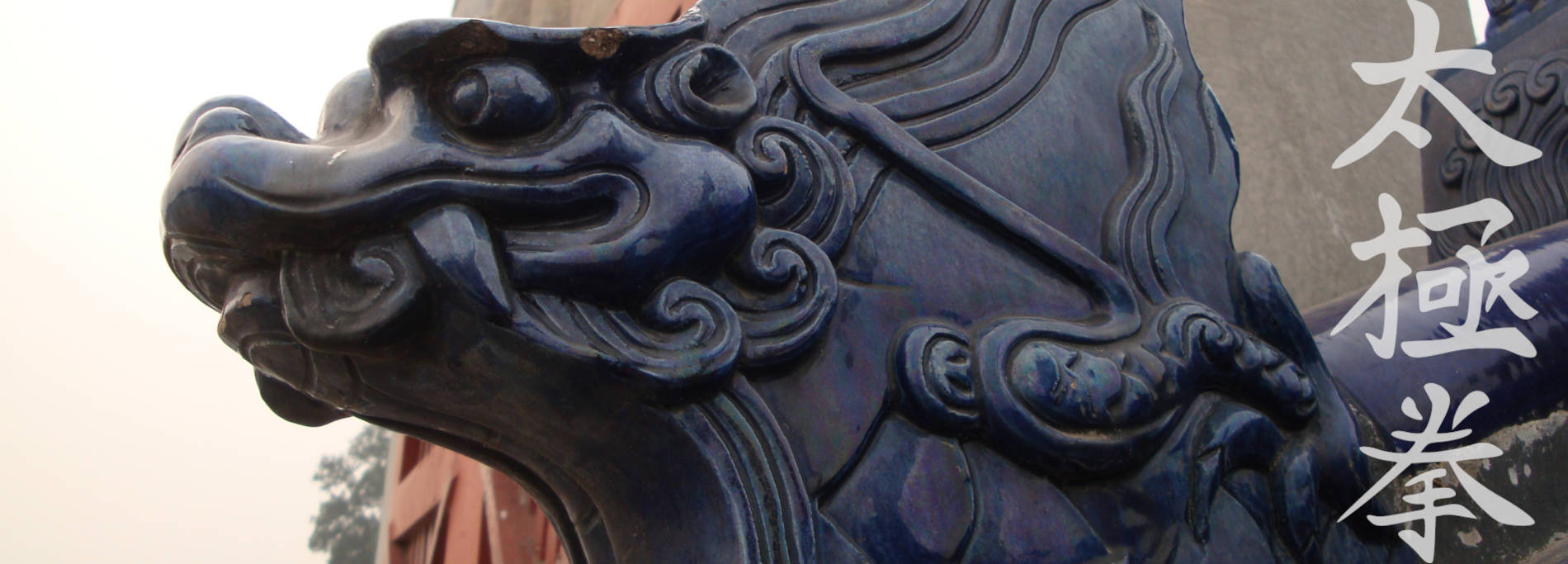How do we learn Taijiquan as a martial art?
After a good chat with fellow gongfu nerd Jon Nicklin I felt inspired to delineate a couple of quick thoughts and general ideas on how to learn Chen Taijiquan as a martial art. When it comes to learning and teaching martial arts I think we need to make one basic difference:
- are we learning the contents (like techniques) of our style?
- are we learning the context of application (like situations, sparring formats etc.)?
As we practise an art with no specific goal such like winning a sports competition with certain rules, the whole issue seems somehwat less concrete. And my experience is that when contents and context get mixed up there is a lot of confusion. Often when someones asks "does it work in a real situation?" this is usually a sign that the differences are not clearly understood. Of course, we could further differentitate teaching methods and dive into the realms of psychology, fitness etc. But I don't want to go into that but stay focused on what I perceive to be more central to the art of Taijiquan practice, however important other aspects might be. (Of course, everybody can have a different and individual training intention. Like training for self defense, for fun, for competition, for fitness etc. and it does make sense to figure out what that is!) For me the overall question here is "how do we train Chen Taijiquan as a martial art?"

Why does it make sense to come up with a basic distinction to practise contents or context? Because as teachers I believe we should be setting up meaningful exercises, thus limiting the degrees of freedom we have in each specific exercise. And it is quite a different setting we create when we either limit the contents or the context. (Of course we can come up with the clever notion that somehow we always limit both contents and context, but the training focus and the implications for the training will still be quite different.)
When we train contents usually a more compliant sort of training is needed, as we take techniques (like joint locks, stepping, kicks, hitting, etc.) out of context to train them separately. So it does not seem to make too much sense to stomp your partner on the foot when he is supposed to do an arm bar on you :) Or I remember when we wanted to train a lock and a student told me: "Well, that's not realistic as I can just take my arm away." :-) I think when we are clear what technique we want to train it makes sense to stick to it or to a bunch of techniques we are focusing on. I call this applications training (用法), which is mostly based on form movements in Taijiquan. And of course we can teach some progression in this kind of training and need not have total compliancy all the time, but a general mutual understanding of which techniques we want to train. I can cover the possible progression in a different post sometime. A very competitive approach while learning specific techniques to me is counter-productive.
When we train a context we put techniques together again in a free flow but we can change the context of the situation to suit our aim. So there could be light sparring with a limited amount of techniques allowed, sparring with protection, self defense roleplay, roles for the participants (active vs. passive etc.). The training can get much more competitive as the situative factors are controlled by certain rules. Basically there are endless varieties to train martial skills. If we want to systematise them I usually differentiate these formats into pushhands 推手 tuishou, hitting hands 打手 dashou and free hands / sparring 散手 sanshou. These cover the different distances (or how to bridge those distances) of a martial encounter.
With this broad differentiation I think teachers can greatly help students understand what they are doing at what point and thus get many learning obstacles out of the way.
One more... body method and martial method!
Then I think there is another layer to every martial art, which concerns more its overall strategy of engagement, to get in close or to stay out, how to engage etc. This is an interesting topic. The martial art of Chen Taijiquan can surely be considered more short-range, combining close-range hitting with grappling etc. when we analyse how its body method works. So here we have to make sure we connect the body method of the art and the martial method in a sensible way. If they are very disconnected we will be less apt to make use of the skills we obtain in the solo training and transfer them to the partner training.
A Video which shows some of the body method:
Now if we have learned techniques (contents) and have learned how to apply them in different situations more feely (context), we can progress generally as martial artists. Of course, then the aforementioned intentions can come in and shape the training more specifically. For example, if someone wants to go to a certain competition to win it the more specific the training has to become, with clear focus on the rules etc. Here I just wanted to outline some more general thoughts on the training. If we as coaches can use the basic structure to control contents and context in different exercises this will surely help us all to progress, always thinking how to stick to the overall strategy our martial art seems to favor.
Examples of technique training in Chen Taijiquan:
Sieh dir diesen Beitrag auf Instagram an
Sieh dir diesen Beitrag auf Instagram an

